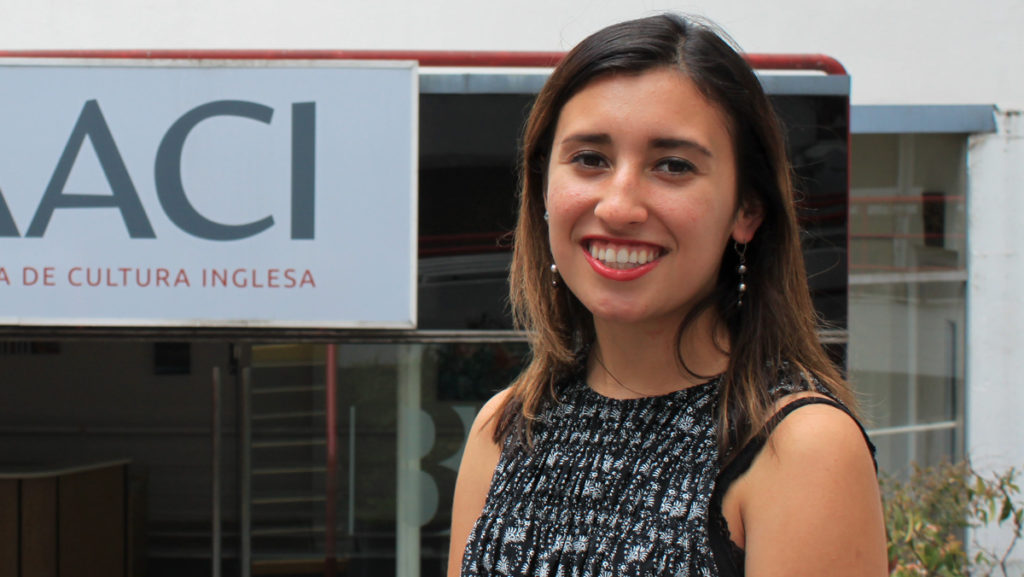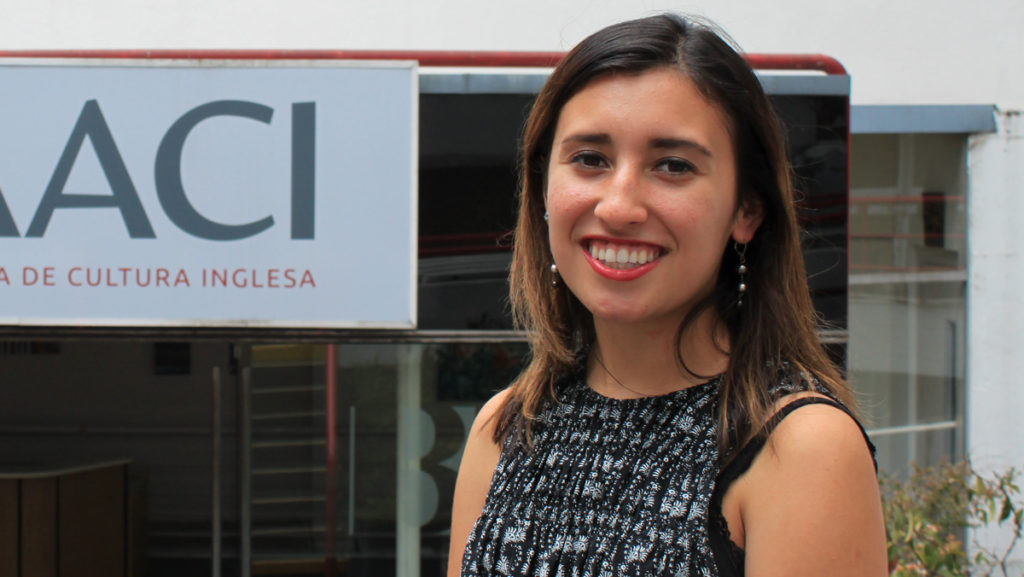As I peered through the bus window, I looked for something to change. We had just crossed over from the Republic of Ireland to Northern Ireland, and I was looking for some telltale sign that we were in a different place. However, everything remained the same aside from the color of the road lines, which our site director jokingly pointed out had coincidentally turned from white to yellow. The sky was still gray, it was still raining, the grass was still breathtakingly lush and green.
The Republic of Ireland became a free state in 1922, but the six counties of Antrim, Armagh, Down, Fermanagh, Londonderry and Tyrone have remained part of the United Kingdom. This partition, fueled by political and religious clashes, caused conflict on the island that is still palpable today.
During tours of Belfast, we learned how divided it remains to this day. As Northern Ireland’s capital and the birthplace of the notorious Titanic, Belfast offers a fascinating history. The mood of our trip was light, and we were happy to explore the history, natural beauty and nightlife of the area but also learned about the violence it was fraught with for decades.
Conflict between the Irish and the British goes back centuries, starting when King Henry VIII broke from the Roman Catholic Church in the 1530s. Persecution of the Catholic majority by the Protestant British crown continued over hundreds of years, with many blaming Britain’s laissez-faire attitude during the Great Famine for the tragedies that occurred. Similar to the American revolution, there were those who wanted complete separation from Britain at any cost, those who wanted to remain loyal to the crown and those willing to settle for home rule. Separatist revolts had been stomped out over the years, but the infamous and successful Easter Rising of 1916 and the executions that followed it sparked a revolution that gained Ireland its independence from Britain.
Though Northern Ireland enjoyed relative peace in the years following the war, violent conflict between Catholics and Protestants erupted again in the 1960s in the wake of economic and political disaster. These bloody battles, known as The Troubles, continued until the late 20th century.
The echoes of this hatred and mistrust can still be felt in Belfast today, as the graffiti-covered and not-so-aptly-named “peace walls” still divide the predominantly Catholic and Protestant areas of the city. I was not expecting to see such an overt symbol of the political and interreligious hostilities still standing, and the realization of how divided parts of Ireland are was shocking.
Religion still plays an important role in Irish and Northern Irish identities. According to a Northern Ireland Life and Times survey from 2014, the majority of Northern Irish people consider themselves British, and of those who identify as British, 68 percent are Protestant.
As my friends and I took turns using a Sharpie to make our marks on the peace wall, it was difficult to understand how such slight ideological differences could cause hundreds of years of violent conflict. Coming from a country where religion is, in theory, not institutionalized in a political way, I had a hard time grasping why it had to be an issue at all.
But I suppose that is where cultural relativism comes in. In the United States, colonization by the British is not in our recent memory, but racism and other forms of xenophobia are to this day rampant. According to Statista, there were 6,121 instances of hate crimes in the U.S. in 2016. We may not have peace walls, but we have created invisible border walls between cultures and classes, demonstrating our fear of “the other.” We may not have suffered The Troubles, but riots and mass tragedies are still taking place. There have been 64 mass shootings in 2018 alone, as stated by the Gun Violence Archive.
The world still has a lot of room to grow toward peace, regardless of what side of the Atlantic you are on.






